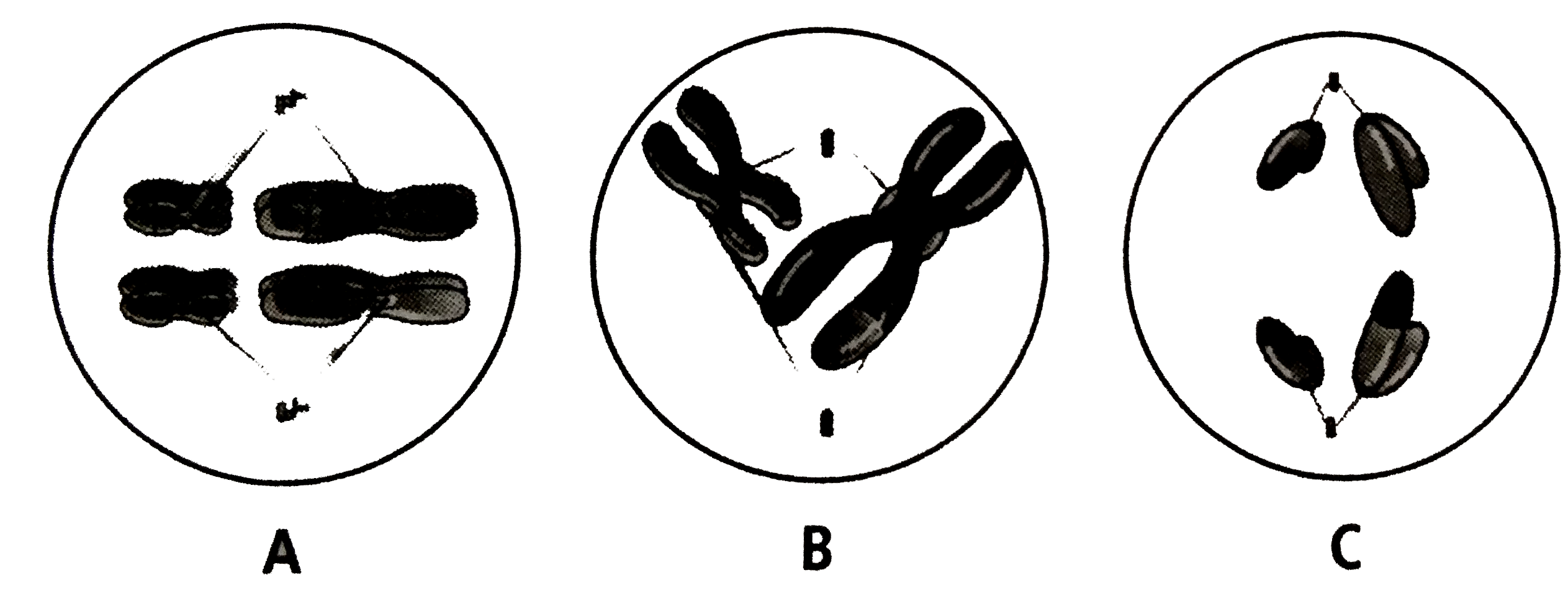The figure represents total period of one cardiac cycle i.e., 0.8 sec and A, B and C represent its stages. Identify A, B, C and select the correct statement regarding them
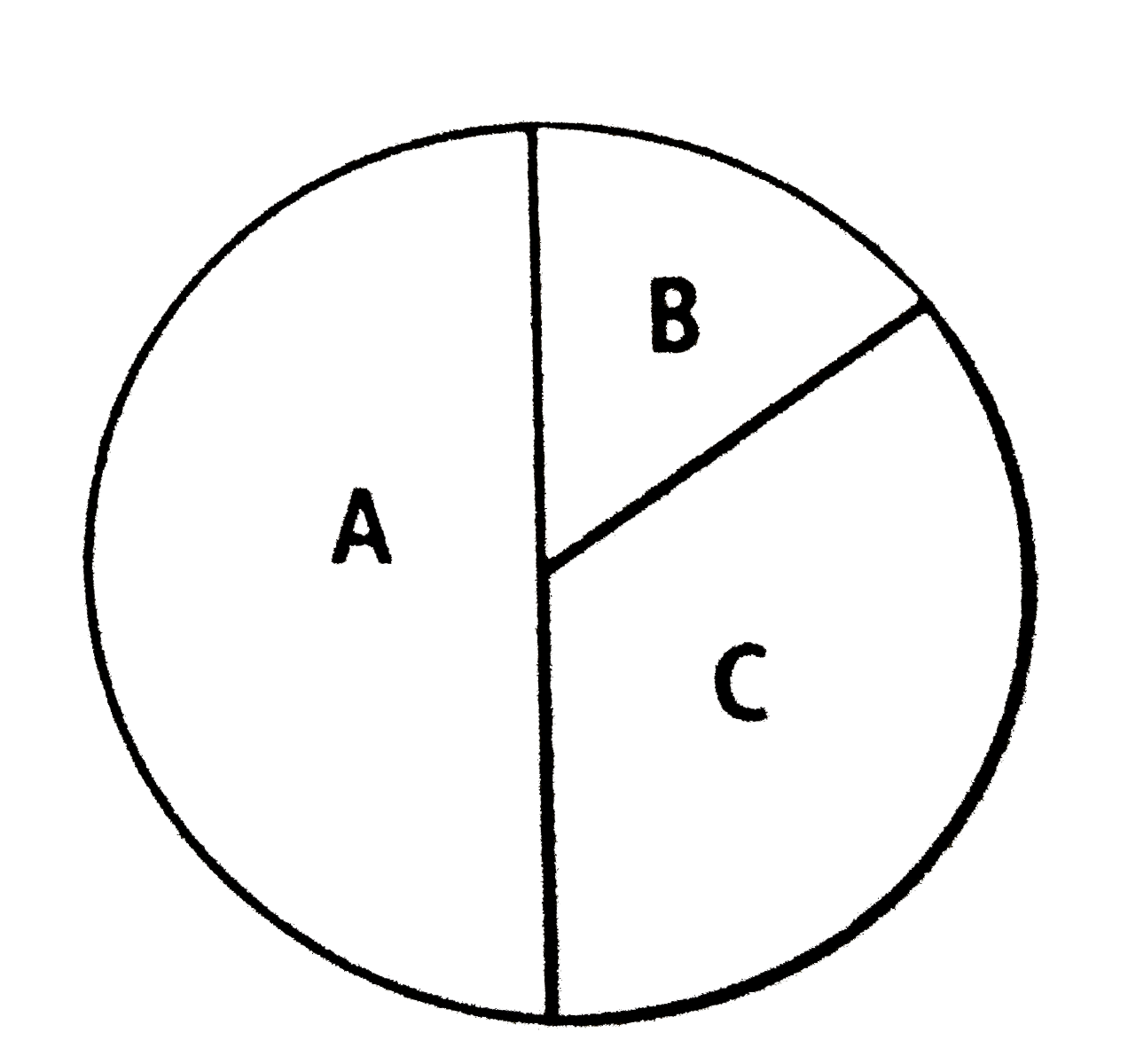
During A, tricuspid and bicuspid valves open and blood flows from atria into the ventricles
During B, bicuspid and tricuspid valves close producing first heard sound
During C, the semilunar valves close producing second heard sound
During B, the atria contract due to a wave of contraction by SA node.
The correct Answer is:D
In the given figure, A is atrial and ventricular diastole (complete cardiac diastole), B is artrial systole and C is ventricular systole
Druing atrial systole, he atria contract due to wave of contraction, stimulated by the SA node. The blood is forced into te ventricles as the bicuspid and tricuspid valves are open. At the beginning of ventricular systole, the ventricles begin t contract due to a wave of contraction, stimulated by the AV node. The bicuspid and tricuspid valves close immediately producing part of the first heart sound. With complete ventricular systole, the ventricles complete their contraction and the blood flows into the pulmonary trunk and aorta as the semilunar valves open. At the beginning of ventricular diastole, the tricuspid and bicuspid valves open as the pressure in the ventricles fall and blood flows from the atria into the ventricles. Contraction of the heart does not cause this blood flow. It is due to the fact that the pressure within the relaxed ventricles is less than that in the atria and veins.
Topper's Solved these Questions
- BODY FLUIDS AND CIRCULATIONBook:NCERT FINGERTPS ENGLISHChapter:BODY FLUIDS AND CIRCULATIONExercise:EXEMPLAR
Explore 16 Videos
- BODY FLUIDS AND CIRCULATIONBook:NCERT FINGERTPS ENGLISHChapter:BODY FLUIDS AND CIRCULATIONExercise:CORNER
Explore 1 Video
- BODY FLUIDS AND CIRCULATIONBook:NCERT FINGERTPS ENGLISHChapter:BODY FLUIDS AND CIRCULATIONExercise:Body Fluids And Circulation
Explore 151 Videos
- BIOMOLECULESBook:NCERT FINGERTPS ENGLISHChapter:BIOMOLECULESExercise:Biomolecules
Explore 137 Videos
- BREATHING AND EXCHANGE OF GASESBook:NCERT FINGERTPS ENGLISHChapter:BREATHING AND EXCHANGE OF GASESExercise:Breathing And Exchange Of Gases
Explore 140 Videos
Similar Questions
Knowledge Check
In the given figure A,B,C,D,E and F represent some stages of hydrosere, Select the correct statement regarding these.
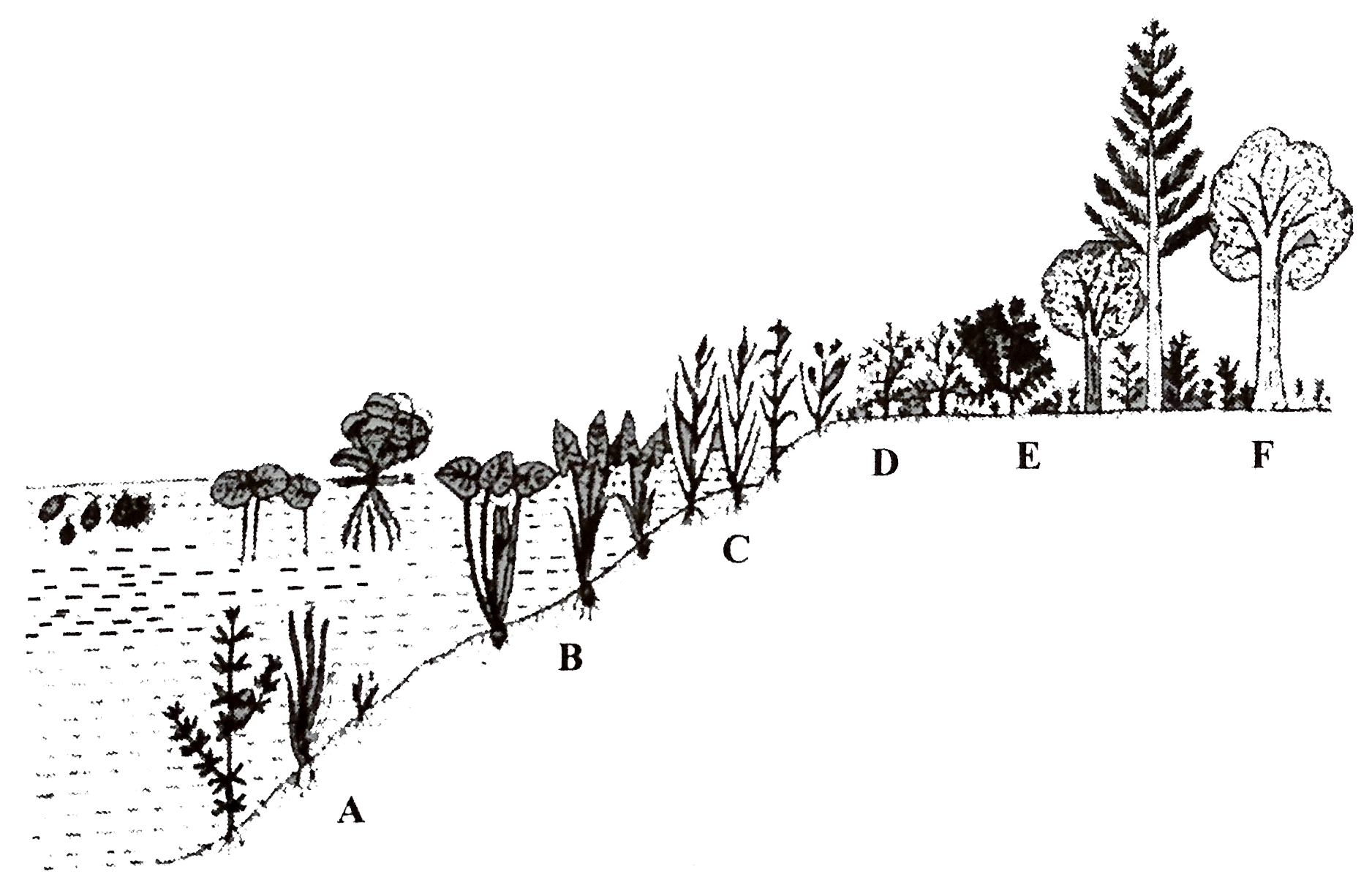 AHydrilla and Potamogeton occur in stage A,BPhragmites and Typha occurs in stage C, Carex and Cyperus occur in stage D.CAlinus and Populus occur in stage E, Accer and Quercus occur in stage F.Dall of these.
AHydrilla and Potamogeton occur in stage A,BPhragmites and Typha occurs in stage C, Carex and Cyperus occur in stage D.CAlinus and Populus occur in stage E, Accer and Quercus occur in stage F.Dall of these.Refer to the given stages A,B,C and D of meiosis I and select the incorrect statement regarding them.
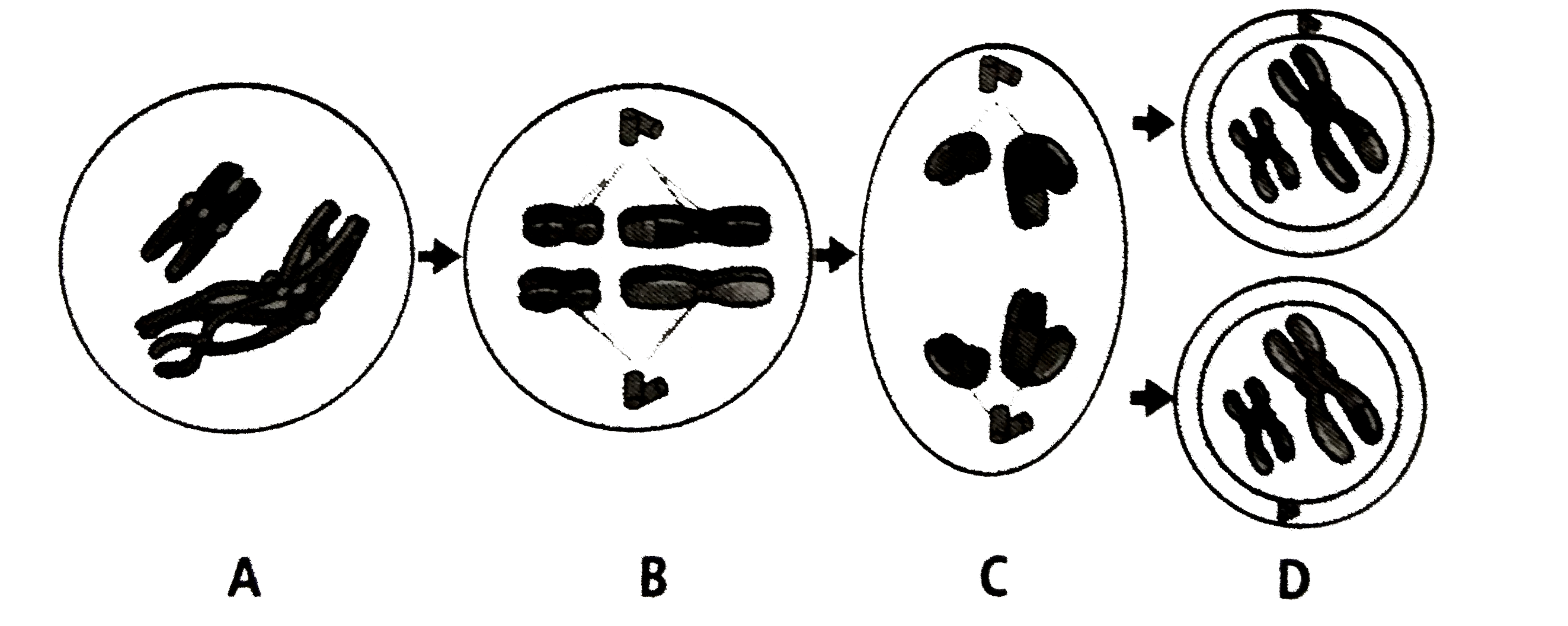 AThe last stage of A is diakinesis which is marked by terminalisation of chiasmata.BIn stage B, mictrotublues from the opposite poles of the spindle attach to the pair of homologous chromosomes.CIn stage C, homologous chromosomes separate. While sister chromatids remain associated at their centromeres.DIn stage D, nuclear membrane and nucleolus disappear, cytokinesis follows and this is called as dyad of cells.
AThe last stage of A is diakinesis which is marked by terminalisation of chiasmata.BIn stage B, mictrotublues from the opposite poles of the spindle attach to the pair of homologous chromosomes.CIn stage C, homologous chromosomes separate. While sister chromatids remain associated at their centromeres.DIn stage D, nuclear membrane and nucleolus disappear, cytokinesis follows and this is called as dyad of cells.Refer to the given figure
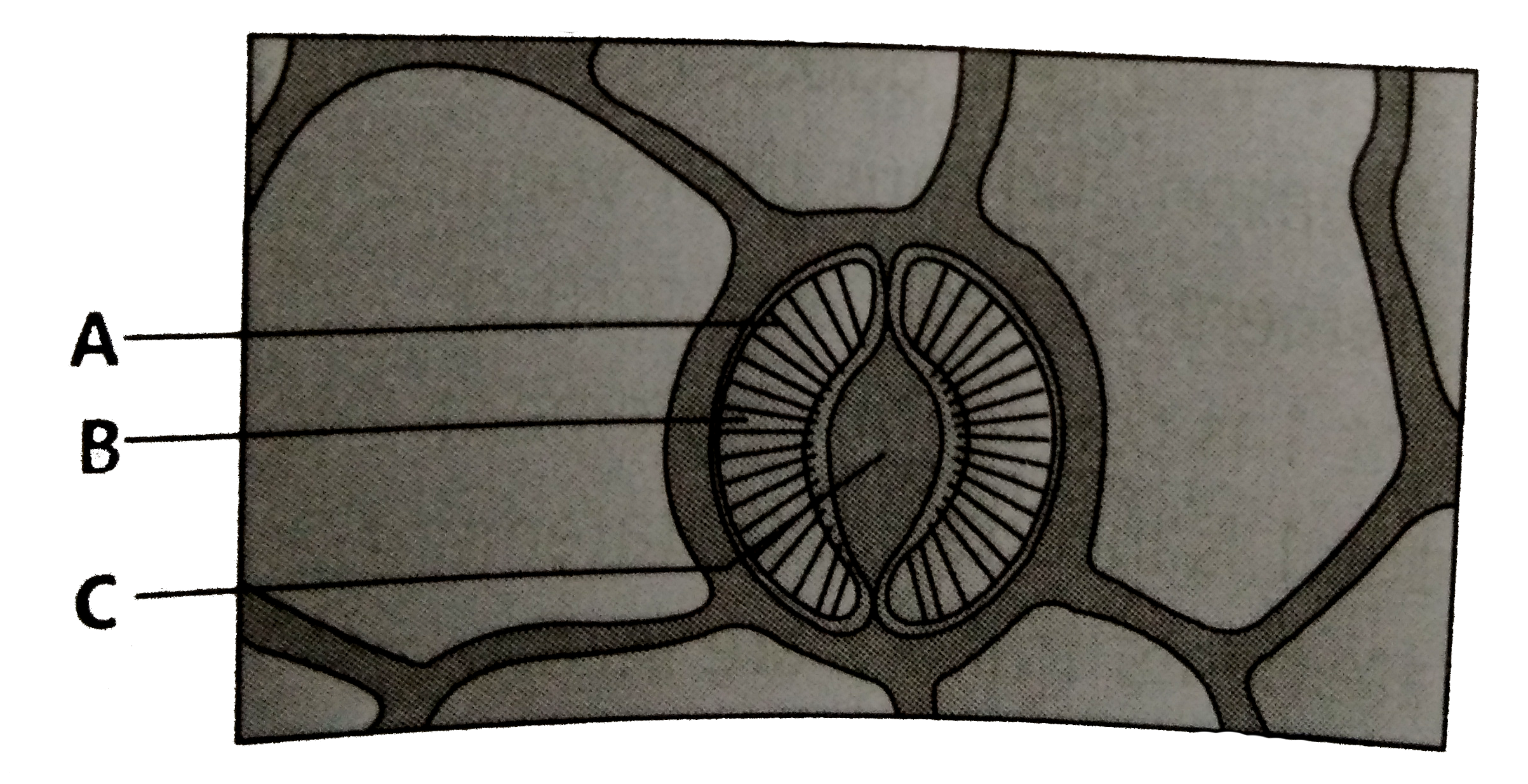
Select the correct statement regarding the labelled parts A−CAThe inner wall of B towards C is thick and elastic.BThe opening and closing of the stomata is due to change in the turgidity of BCThe opening of the stoma is aided due to the orientation of A in the cell walls of B.Dall of these.
Identify the figures A, B, C and D and select the correct option.
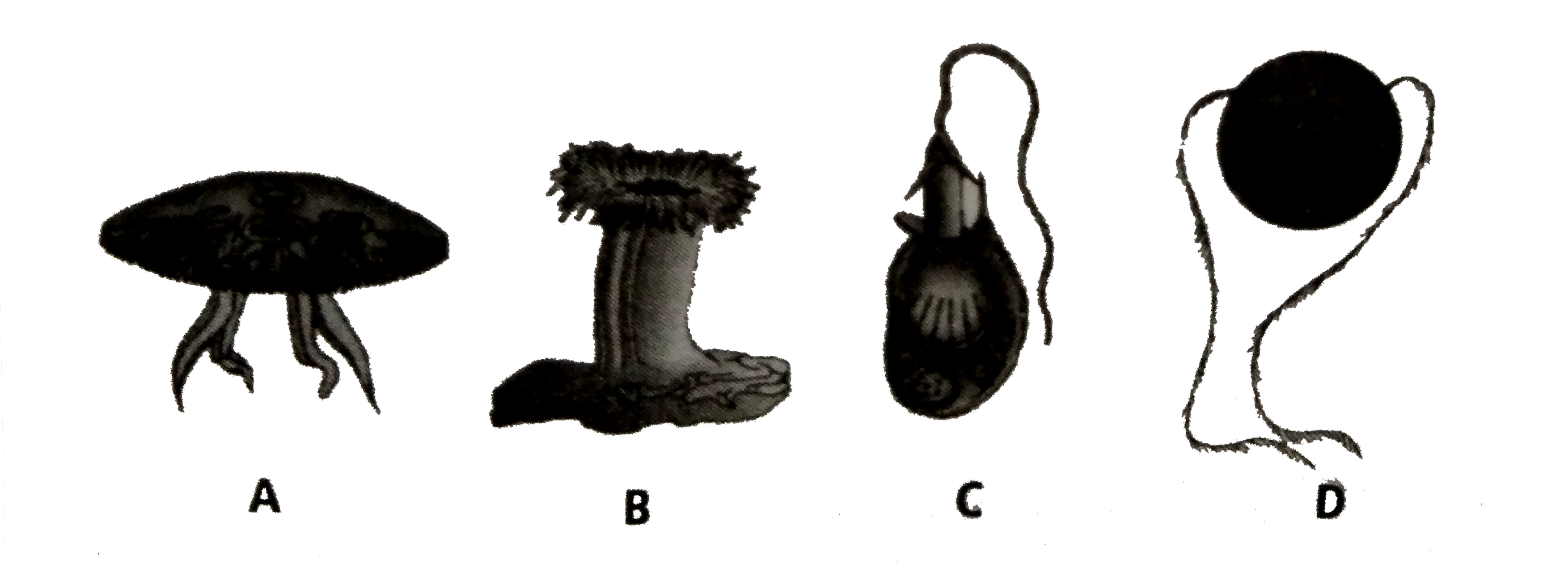
View SolutionIdentify A , B and C in the image and choose the correct statement.
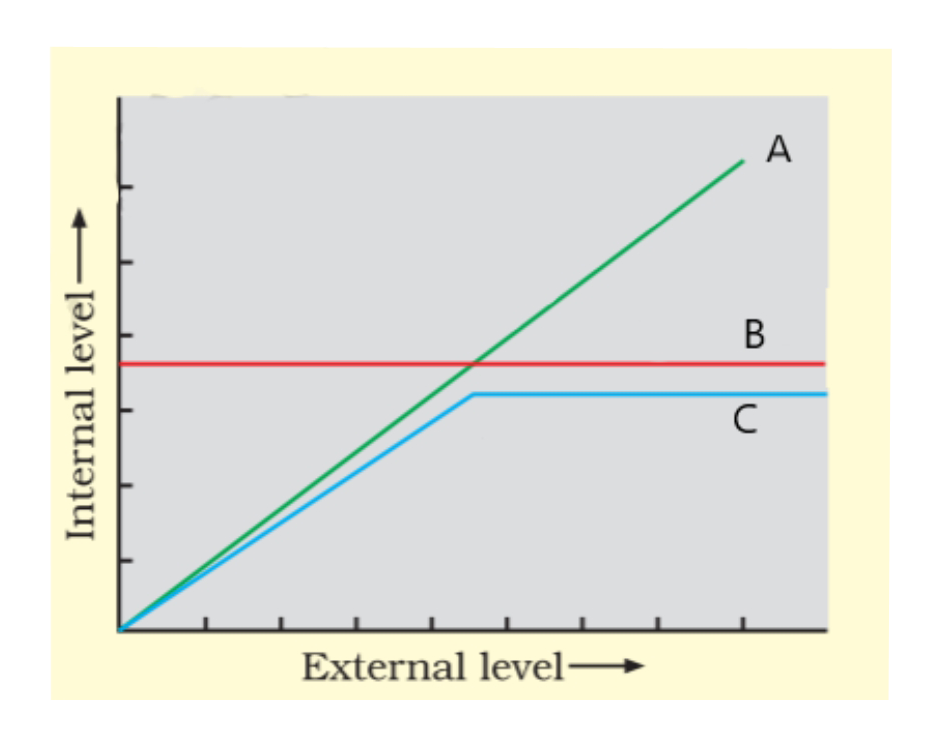
View SolutionIdentify the given figures A, B and C and select the correct option.

View SolutionThe three structural formulae A, B and C are given here. Identify them and select the correct option.

View SolutionIn the given representation of Calvin cycle, identify A, B and C and slect the correct option.
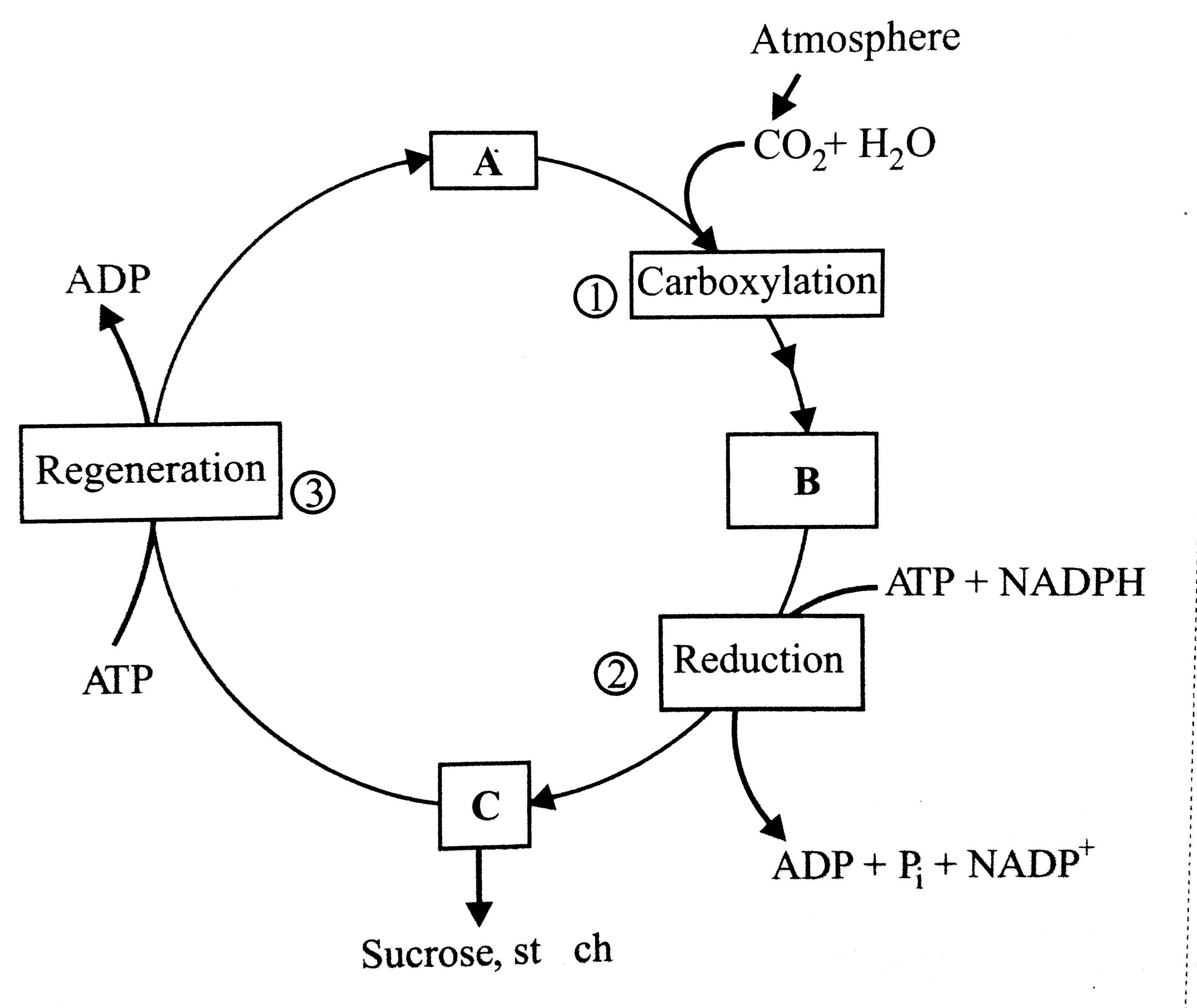
View Solution



